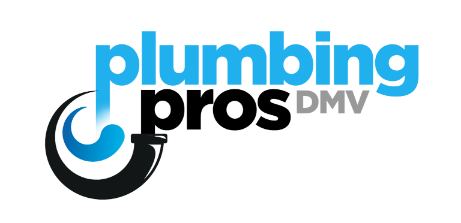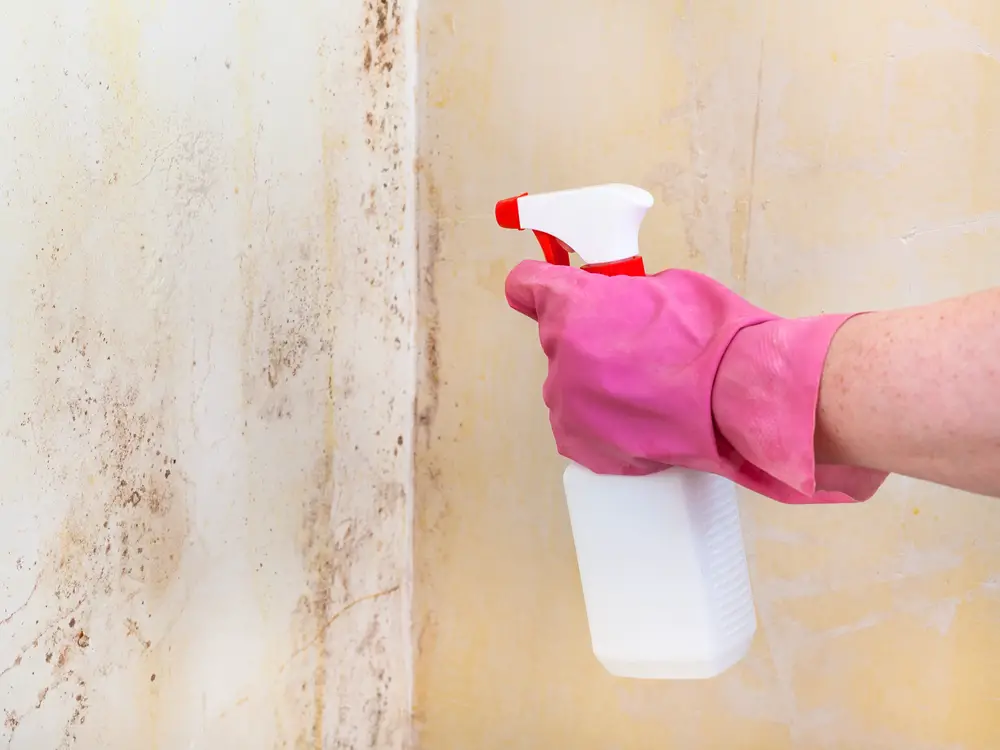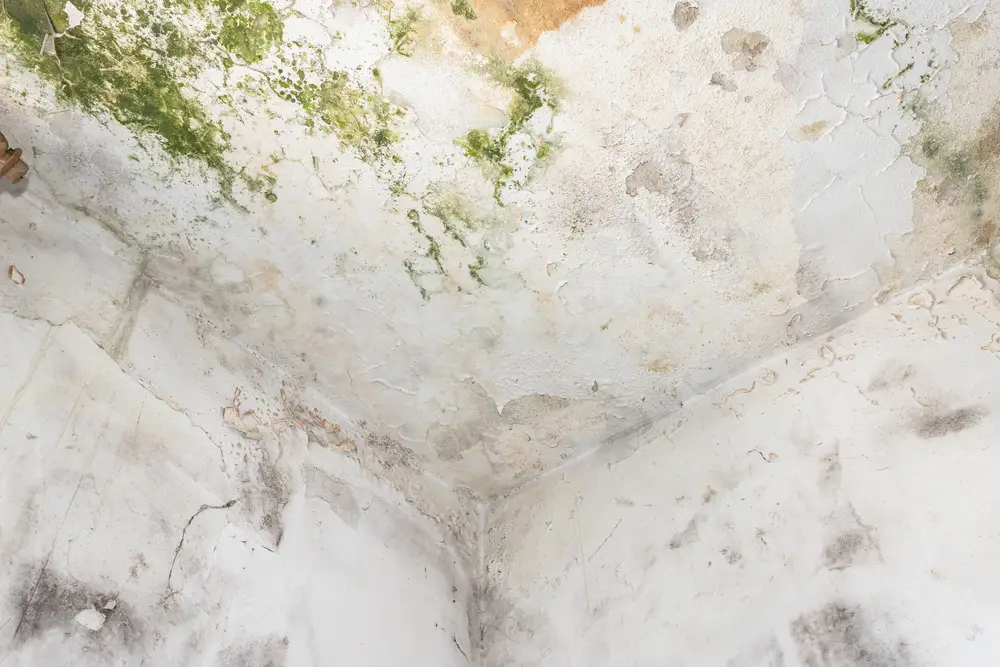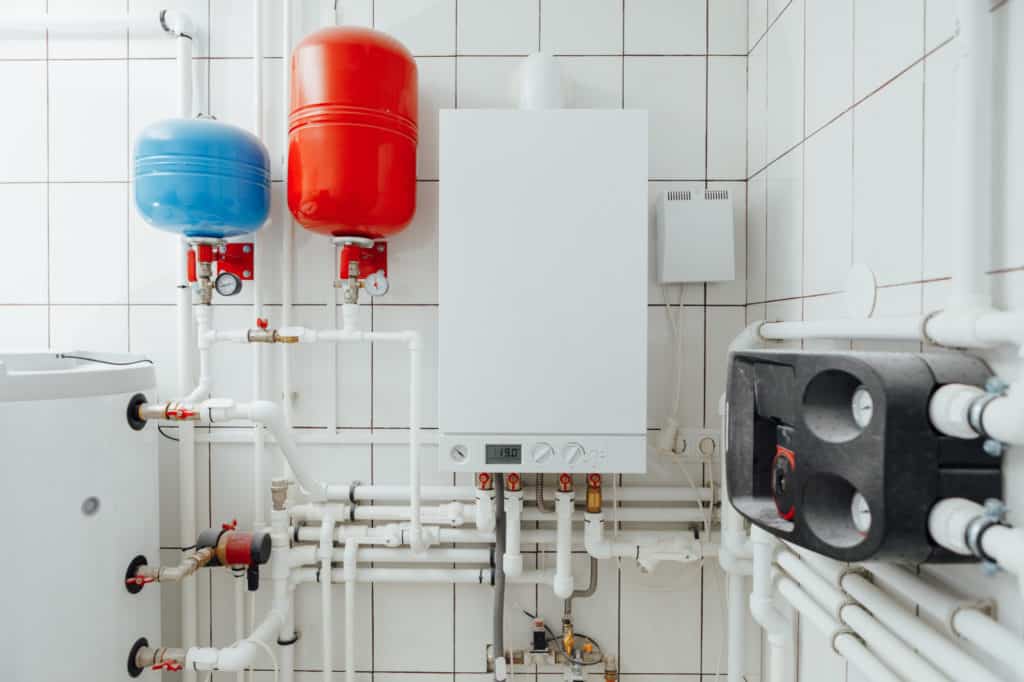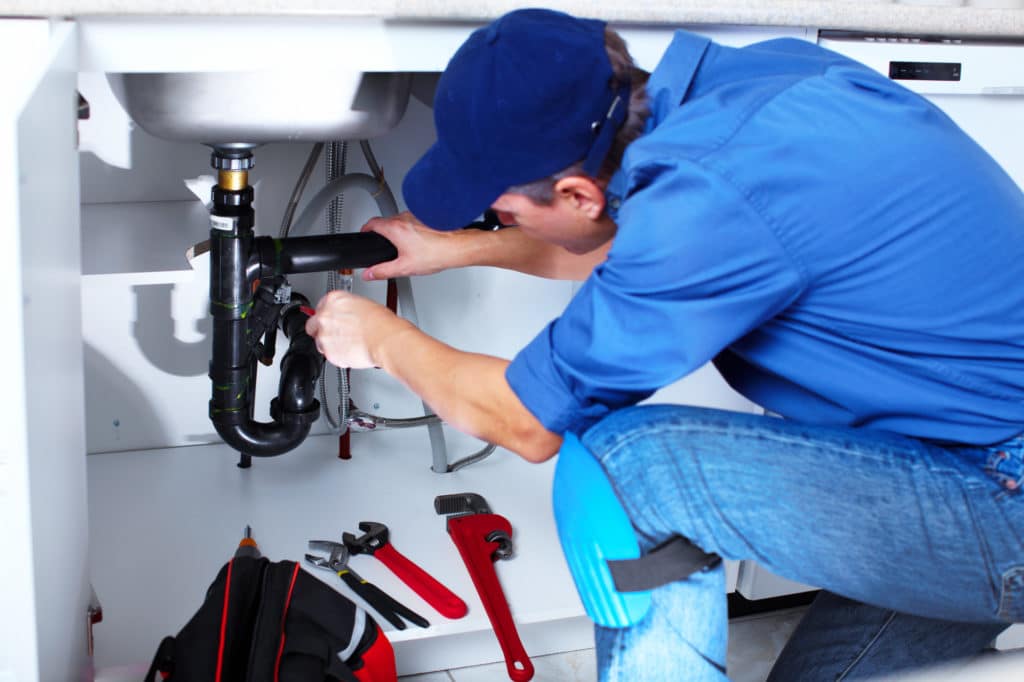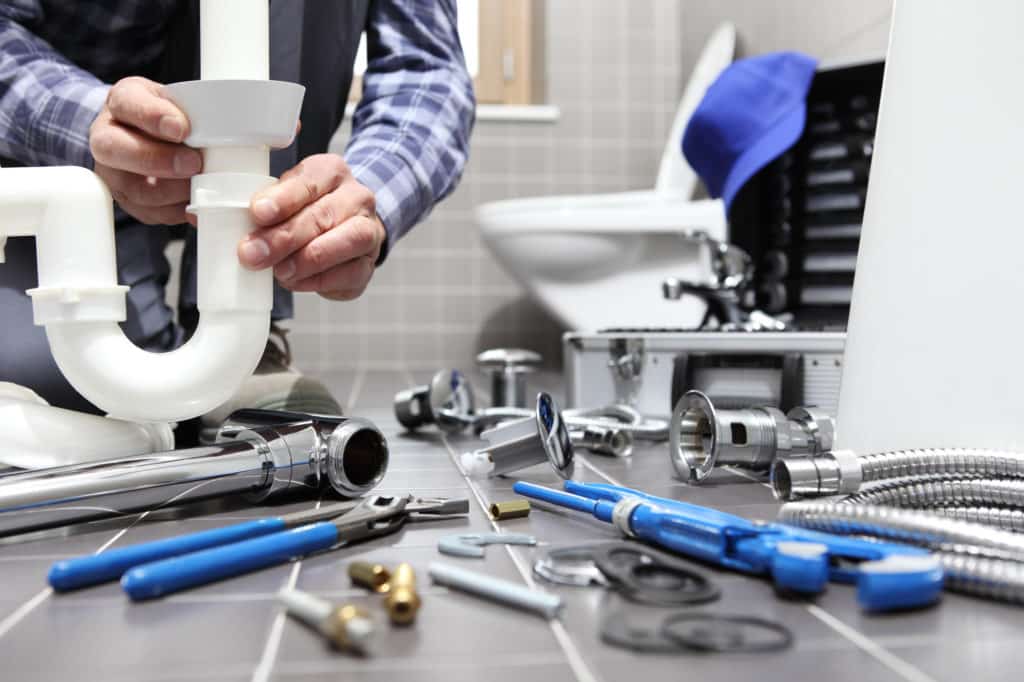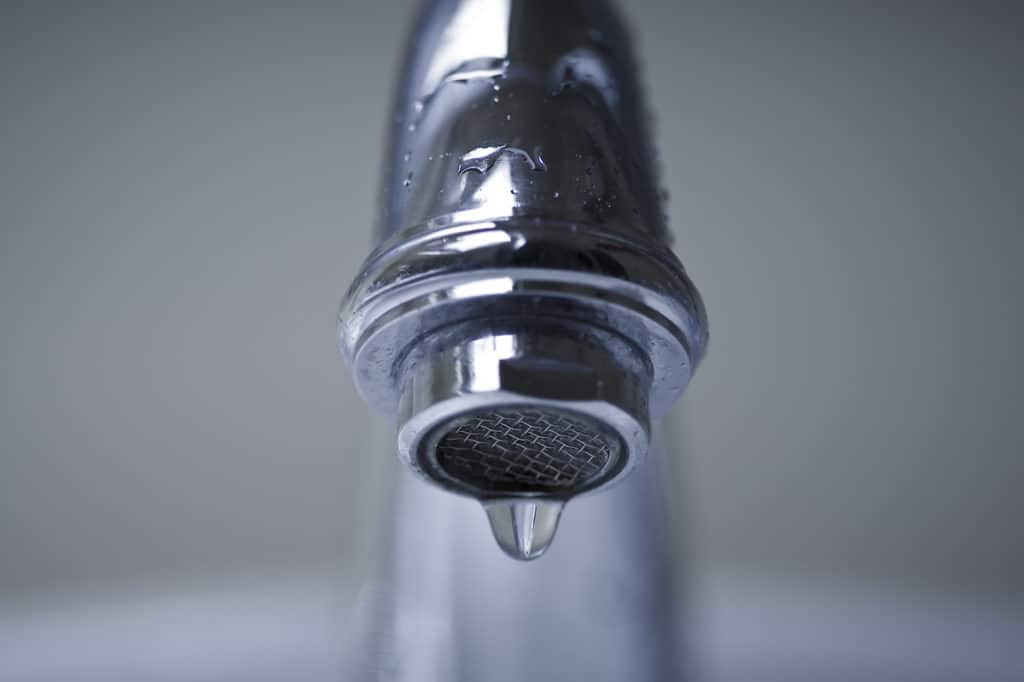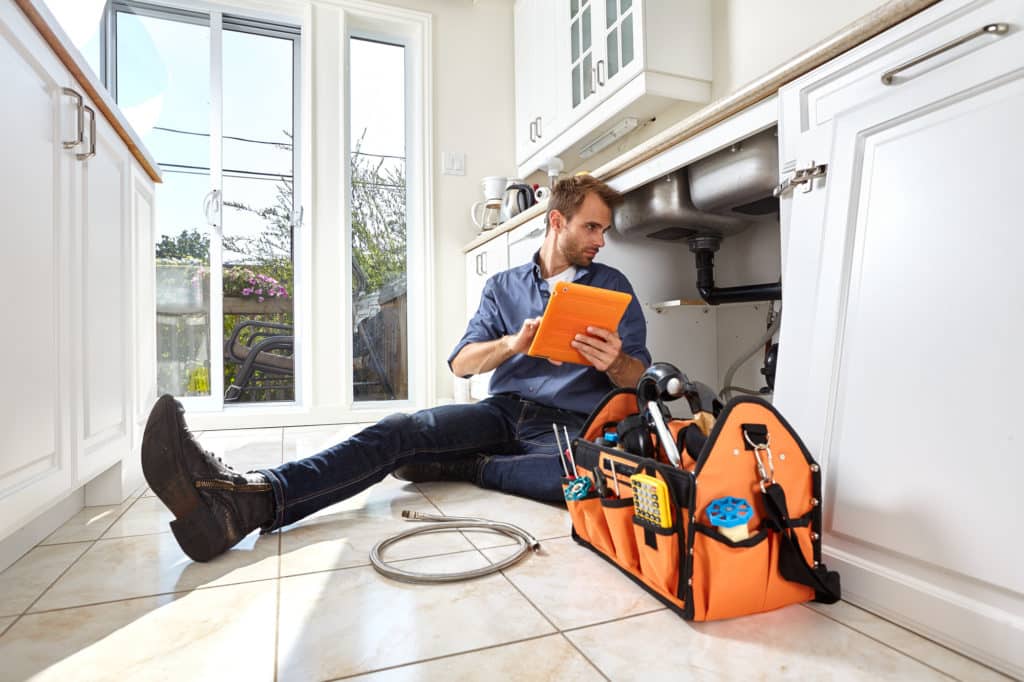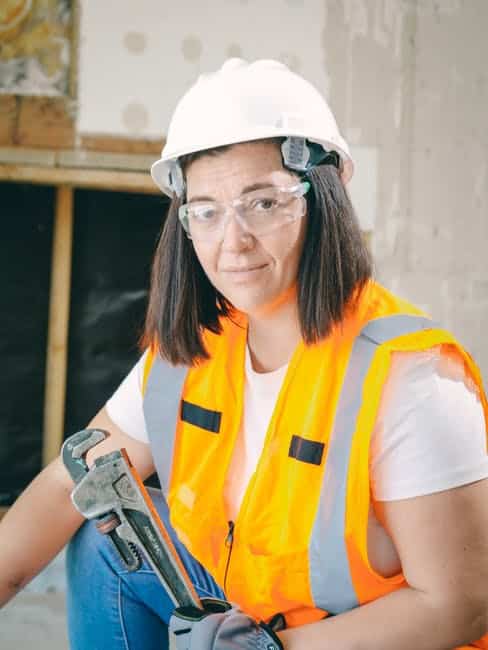Your home is meant to be a sanctuary, a place of comfort and safety. However, lurking within the walls and under the floors of many homes is a silent invader—mold and mildew. Often stemming from leaks in the residential plumbing system, these unwelcome guests can lead to a host of problems, from structural damage to health concerns. Ensuring that your plumbing system is properly functioning and reliable is essential to avoid these issues. If you’re in Gaithersburg or the surrounding Maryland area, our professional plumbing services can help you maintain a safe and healthy home environment.
In this comprehensive guide, we’ll explore the causes and consequences of mold growth due to leaking water damage in your plumbing system and discuss effective prevention and remediation strategies.
Understanding the Causes of Mold Growth
Mold and mildew are fungi that thrive in damp and humid environments, making residential plumbing systems an ideal breeding ground. Leaks in pipes, faucets, or fixtures can introduce moisture into areas where it shouldn’t be, providing the perfect conditions for mold and mildew to flourish. Here are some common causes of mold and mildew growth resulting from plumbing leaks:
1. Pipe Leaks:
One of the primary culprits for mold growth is leaks in the plumbing pipes. Whether due to corrosion, wear and tear, or accidental damage, even small, unnoticed leaks can release a steady supply of water into hidden spaces, promoting mold and mildew development.
2. Faulty Seals and Connections:
Seals around pipes and connections in plumbing fixtures can degrade over time. If not properly maintained, these weakened seals can allow water to escape, fostering an environment conducive to mold and mildew.
3. Leaky Faucets and Fixtures:
Dripping faucets and fixtures may seem like minor nuisances, but the persistent moisture they introduce can lead to significant mold and mildew problems over time. The accumulation of water in and around sinks, tubs, and showers creates an inviting habitat for these fungi.
4. Condensation:
In addition to leaks, condensation can contribute to excess moisture in your home. Poor insulation or inadequate ventilation can lead to condensation on pipes, walls, and ceilings, providing another opportunity for mold and mildew to take hold.
The Consequences of Mold and Mildew Growth
The presence of mold and mildew in your home can have far-reaching consequences, affecting both your property and your health. Understanding these consequences underscores the urgency of addressing plumbing leaks promptly:
1. Structural Damage:
Mold and mildew can compromise the structural integrity of your home. Over time, these fungi can break down materials such as wood and drywall, leading to weakening and deterioration.
2. Property Value Decrease:
A home with visible mold and mildew is likely to experience a decrease in property value. Prospective buyers may be deterred by the potential health risks and the perceived difficulty of remediation.
3. Health Concerns:
Exposure to mold and mildew can pose serious health risks, especially for individuals with respiratory conditions, allergies, or compromised immune systems. Common health issues associated with mold exposure include respiratory problems, skin irritation, and allergic reactions.
4. Unpleasant Odors:
Mold and mildew growth often produces musty and unpleasant odors that can permeate your living spaces. These odors can be challenging to eliminate and may persist even after the mold is removed.
Prevention Strategies
Preventing mold and mildew growth resulting from plumbing leaks requires a proactive approach to plumbing maintenance. Here are effective strategies to keep these unwelcome fungi at bay:
1. Regular Inspections:
Conduct regular inspections of your plumbing system, including pipes, fixtures, and connections. Look for signs of leaks, water stains, or discoloration. Early detection allows for prompt repairs, minimizing the risk of mold and mildew growth.
2. Proper Ventilation:
Ensure that your home is adequately ventilated, especially in areas prone to moisture, such as bathrooms, kitchens, and basements. Good ventilation helps reduce humidity levels, discouraging mold and mildew formation.
3. Prompt Repairs:
Address plumbing issues promptly. Whether it’s a dripping faucet, a leaking pipe, or a faulty seal, timely help from plumbing repair professionals are crucial in preventing the prolonged exposure of your home to excess moisture.
4. Insulation:
Properly insulate pipes to prevent condensation. Insulation helps maintain consistent temperatures, reducing the likelihood of water droplets forming on surfaces.
5. Use Mold-Resistant Products:
Consider using mold-resistant materials in areas prone to moisture, such as drywall, paint, and insulation. These products are designed to resist mold and mildew growth, providing an added layer of protection.
Read More About: Tips for Maintaining a Healthy Plumbing System
Remediation Strategies
If you’ve already identified mold or mildew growth in your home, swift and effective remediation is essential. Here are steps to help you tackle the issue:
1. Identify and Eliminate the Source:
Before addressing the visible mold, identify and eliminate the source of moisture. This may involve fixing leaks, improving ventilation, or addressing other plumbing issues.
2. Protect Yourself:
Prioritize your safety by wearing protective gear, including gloves, a mask, and eye protection, when dealing with mold. This precaution is crucial to avoid exposure to potentially harmful spores.
3. Isolate Affected Areas:
Isolate the areas affected by mold to prevent the spread of spores to other parts of your home. Use plastic sheeting and tape to seal off the contaminated area.
4. Clean and Remove Mold:
Clean surfaces with a mixture of water and mild detergent. For stubborn mold, consider using specialized mold-killing solutions. Remove and discard materials that cannot be adequately cleaned, such as severely contaminated drywall or insulation.
5. Dry the Area:
Thoroughly dry the affected area after cleaning. Use dehumidifiers, fans, and proper ventilation to ensure that the space is completely dry.
6. Monitor and Prevent Future Growth:
Keep a close eye on the remediated areas to ensure that mold does not return. Implement preventive measures, such as maintaining a dry environment and addressing plumbing issues promptly.
Protecting Your Home from Mold and Mildew
Mold and mildew growth resulting from leaking water in your residential plumbing system is a serious concern that demands attention. Beyond the visible damage to your property, these fungi can pose health risks and diminish the value of your home.
By understanding the causes and consequences of mold and mildew growth, and by adopting proactive prevention and remediation strategies, you can safeguard your home and the well-being of its occupants. Remember, early detection and swift action are key to mitigating the impact of plumbing leaks and preventing the silent invasion of mold and mildew in your living spaces.
Plumbing Pros DMV is your trusted source for mold removal services in Gaithersburg and the surrounding Maryland areas, including Germantown and Rockville. Contact us to ensure a healthier, mold-free home environment.
